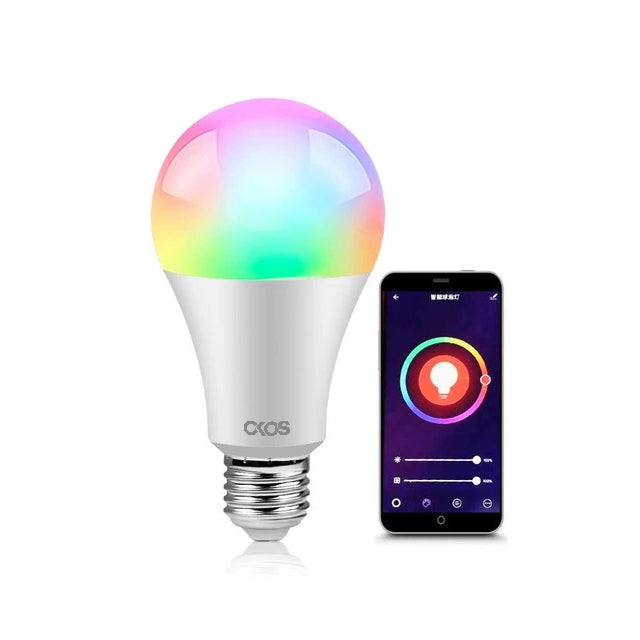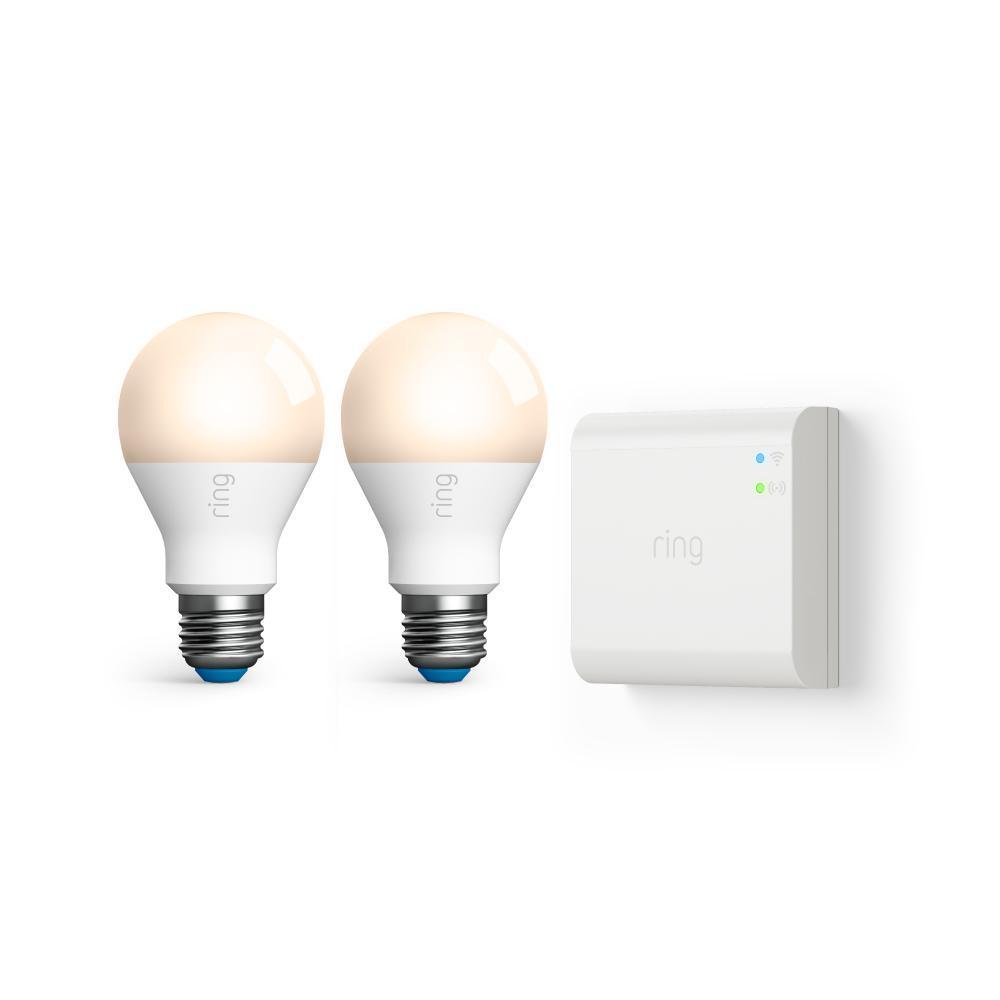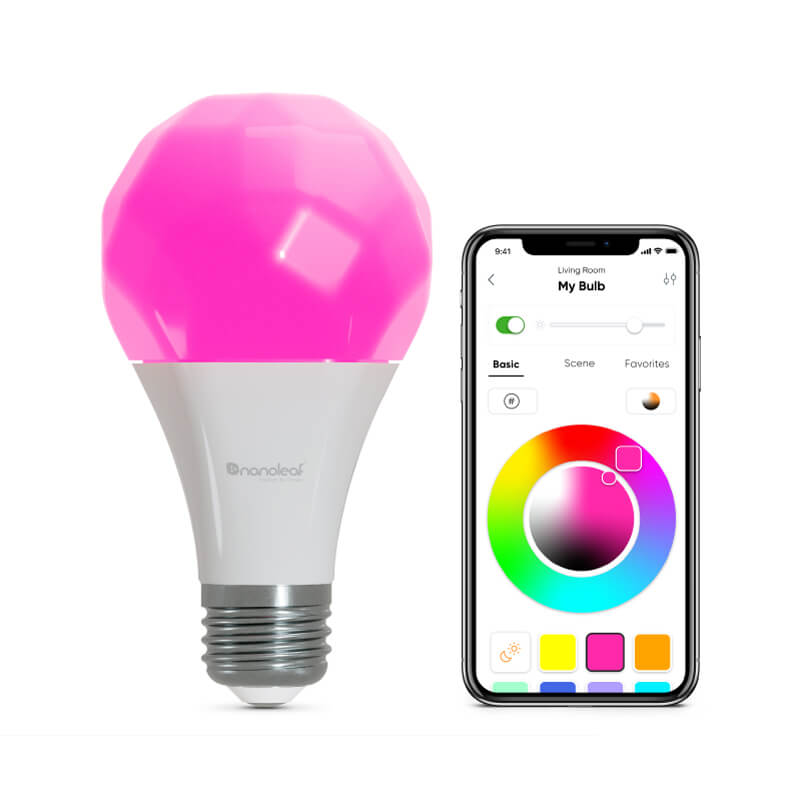Introduction to Smart Bulbs
What Are Smart Bulbs?
Smart bulbs represent a significant advancement in home lighting technology. These bulbs allow users to control lights remotely using a smartphone app or a smart home device. Unlike traditional bulbs, smart bulbs connect to your home network, enabling features such as scheduling, remote control, and customization of colors and brightness.
Key Features and Basic Functionality
Smart bulbs offer a range of features that enhance user convenience and energy efficiency. Key functionalities include:
- Adjustable Brightness and Color: Change the light intensity and color to suit different moods or activities.
- Remote Access: Control your lights from anywhere using your mobile device.
- Scheduling: Set times for your lights to turn on and off automatically.
- Energy Monitoring: Some smart bulbs provide usage data to help you optimize energy consumption.
- Integration with Smart Home Systems: Seamlessly connect with systems like Amazon Alexa or Google Assistant for voice control.
Each feature is designed to offer a more convenient, personalized lighting experience.

Types of Smart Bulbs
Exploring different types of smart bulbs can help you find the best fit for your lighting needs.
Smart LED Bulbs
Smart LED bulbs are the most commonly used type in smart lighting. They are energy-efficient and available in various color and dimming options. These bulbs can be controlled using a smartphone app or through voice commands with smart home systems like Amazon Alexa or Google Home. Due to their flexibility and user-friendly features, Smart LED bulbs are ideal for everyday use in homes and offices.
Smart Strip Lights and Downlights
Smart strip lights and downlights offer enhanced decorative and accent lighting capabilities. Strip lights are flexible, allowing them to be placed in hard-to-reach spaces, under cabinets, or along baseboards to create ambient effects. Downlights, on the other hand, are installed into ceilings, providing a sleek look suitable for modern interiors. Both types can be integrated into smart home systems, enabling personalized light settings and automation based on your activities or time of day.
How to Control Smart Bulbs
Using Smartphone Apps
Controlling smart bulbs with smartphone apps is simple and convenient. Download the app provided by the smart bulb brand, then connect it to your home Wi-Fi. Use the app to switch lights on or off, adjust brightness, change colors, and set schedules. Some apps enable energy monitoring, helping you track and reduce electricity use.
Voice Control through Smart Home Assistants
Smart bulbs work well with voice assistants like Amazon Alexa and Google Assistant. Link your smart bulbs with these systems, and control them with voice commands. Say things like ‘Alexa, dim the living room lights’ or ‘Hey Google, turn on the kitchen lights’. This hands-free control is perfect for when you’re busy or your hands are full.
Integration with Smart Home Systems
Seamlessly connect smart bulbs with smart home platforms such as Samsung SmartThings, Apple HomeKit, or a universal platform that supports Matter. Through integration, create automated lighting experiences. For example, set lights to brighten gradually in the morning. Or, lights could turn off when your smart thermostat detects you’ve left home. Smart home systems offer broad control and push the limits of how smart bulbs can enhance life at home.

Benefits of Smart Bulbs
The transition to smart bulbs offers numerous advantages, enhancing both functionality and efficiency in home lighting.
Energy Efficiency and Cost Savings
Smart LED bulbs shine in energy efficiency. They use less power than traditional bulbs, directly cutting down on electricity costs. Equipped with features like dimming and precise scheduling, they promote further savings by operating only when needed. Smart bulbs last longer, too, which means fewer replacements and additional savings over time.
Convenience and Customization
Smart bulbs offer unmatched convenience. With a smartphone app, you have full control over your lights from any location. Customize settings to fit various moods or situations. Adjust brightness, change colors, and tweak schedules with ease. For daily tasks or special occasions, set up custom lighting scenes that fit the activity.
Enhanced Home Security
Smart lighting can also contribute to home security. Program your lights to turn on and off at varying times, simulating occupancy, to deter potential intruders. Some smart bulbs can integrate with security systems, activating lights in response to detected movement or other security triggers. This feature adds an extra layer of protection and peace of mind for homeowners.
Installation and Setup Process
Choosing the Right Smart Bulbs
When selecting smart bulbs, consider compatibility, features, and bulb type. First, ensure the bulb is compatible with your existing smart home system, like Amazon Alexa or Google Home. Look for features that match your needs, such as color change options or energy monitoring. Choose from popular types like LED smart bulbs, strip lights, or downlights based on where and how you will use them.
Step-by-Step Installation Guide
- Unpack and Inspect: Open the smart bulb packaging and make sure all components are included and undamaged.
- Turn Off Power: Before installing, switch off the power at the circuit breaker to ensure safety.
- Remove Old Bulb: Carefully unscrew the existing bulb from the socket.
- Install Smart Bulb: Screw the smart bulb into the light fixture socket.
- Turn On Power: Flip the power back on at the circuit breaker.
- Connect to App: Download and open the smart bulb’s app on your smartphone. Follow the app instructions to connect the bulb to your home Wi-Fi.
- Configure Settings: Set up features like schedules, colors, and brightness levels through the app.
- Test the Bulb: Try turning the bulb on and off, adjusting settings to test its functionality.
Following these steps will help you successfully install and set up your smart bulbs, enhancing your home’s lighting system.

Challenges and Considerations
Navigating the world of smart bulbs involves understanding a few challenges and considerations that can impact your experience.
Compatibility Issues
Compatibility is crucial when integrating smart bulbs into your smart home systems. Not all smart bulbs work with all platforms. Some function best with Amazon Alexa or Google Home, while others are suited for Samsung SmartThings or Apple HomeKit. Before you make a purchase, it’s important to ensure that the smart bulbs you choose are compatible with your existing home automation system. This prevents issues such as connectivity problems and limited functionality, which can detract from the smart lighting experience.
The Importance of Choosing the Right Protocol
Smart lighting communication protocols form the backbone of how these devices interact. Common protocols include Wi-Fi, Bluetooth, Zigbee, and Z-Wave. Each has unique strengths. Wi-Fi bulbs connect directly to your home network, offering ease of setup without additional hubs. Bluetooth bulbs are simple but have shorter ranges. Zigbee and Z-Wave bulbs require a hub but provide stable connections and extended coverage. Picking the right protocol aligns with your home’s layout and your technical preferences, ensuring a smooth and responsive smart lighting system. Consider your household’s infrastructure and needs when deciding on a protocol.
Future of Smart Lighting
The future of smart lighting is promising and innovative, with new advancements continually shaping the way we interact with our home environments. Here’s a glimpse into these future prospects:
Advances in Technology
Smart lighting technology is rapidly evolving, bringing about more responsive, efficient, and intuitive systems. We expect to see enhancements such as:
- Increased Compatibility: Future smart bulbs will likely work across multiple platforms due to industry collaborations like the Matter initiative.
- Improved Security: Advancements in encryption and cybersecurity will help protect smart lighting networks from potential threats.
- Energy Efficiency: As LED technology improves, the next-generation smart bulbs are set to consume even less power.
- Intelligent Sensing: Smart bulbs may soon be able to adapt brightness and color based on the time of day or room occupancy, providing optimal lighting conditions automatically.
These technological improvements are not just about added convenience; they are about creating a more sustainable and secure home environment.
Integration with IoT and Home Automation
Smart lighting is a key component of the Internet of Things (IoT), enabling devices to communicate and automate tasks seamlessly. Here’s how smart lighting fits into the broader context of home automation:
- Unified Ecosystems: Integration with other smart home devices, like thermostats and security cameras, enables comprehensive, centralized control of your home ecosystem.
- Voice and Gesture Control: Future systems may integrate more sophisticated voice recognition and gesture controls, moving beyond simple commands.
- Data-Driven Insights: With IoT integration, smart lighting systems may provide insights based on usage patterns to further improve energy savings and enhance security measures.
- Streamlined Experiences: Automation will create smooth transitions between activities, adjusting lighting to match specific tasks or moods without manual input.
As smart lighting becomes more ingrained in home automation, it will contribute to fully personalized and efficient living spaces, shaping the future of domestic life.